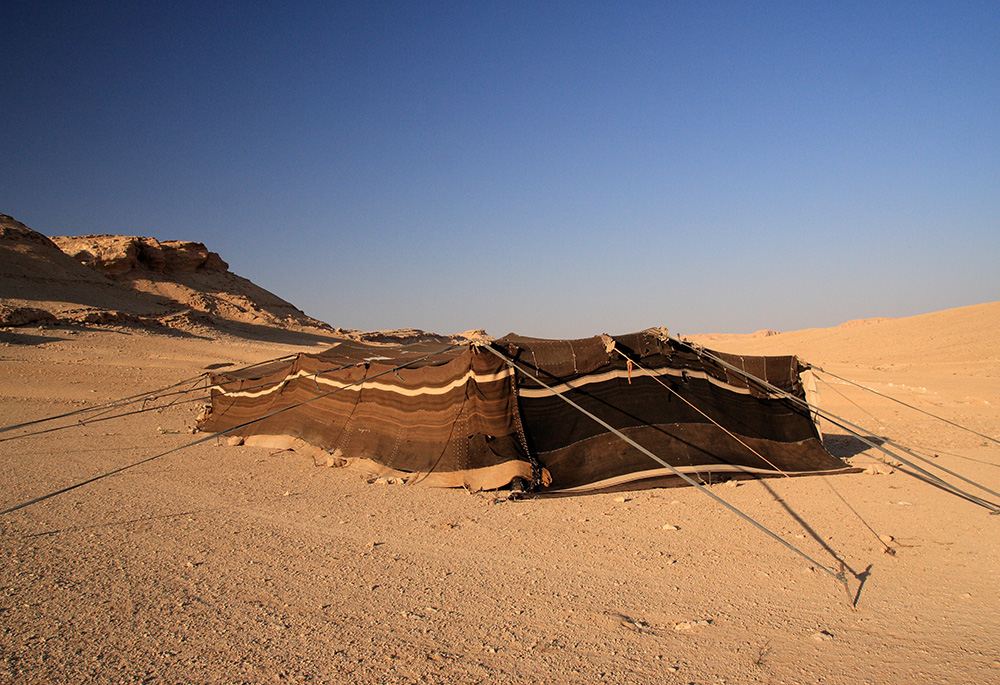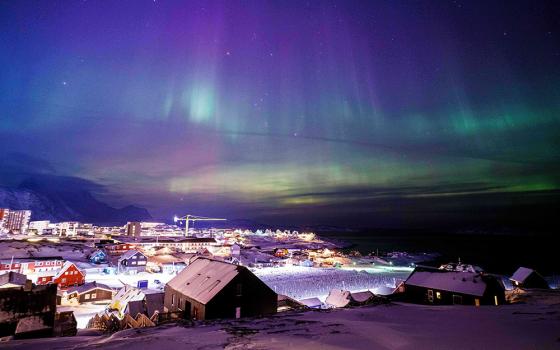
(Unsplash/Javier Saint Jean)
Several years ago, when I enrolled for higher studies in theology, I couldn't find a place to stay in the women's hostel linked to the institute. So I stayed with a Hindu family for most of the duration of the course, which was a challenge. Using overcrowded public transport and traveling for almost three to four hours every day was a greater struggle. But what made me go crazy was that it was like journeying from one planet to another!
Believe it or not, they felt like two totally different universes. And despite topics like "incarnation" and "inculturation" taught in theologates, I'm pretty sure that most leaders in the church are neither sufficiently equipped with the attitudes necessary for dialogue with the emerging digitalized and global cultures, nor do they understand in depth the grammars and ways of life of people in other religions and movements. This could be because they lived in ghettos and experienced separation from the world to varying extents, especially during their formative years.
Meditating on Jesus' life in the New Testament reveals how he is the incarnate "God-with-us" who has "permanently" pitched his tent in the midst of the world (John 1:14). This is despite moments in the desert or away from the crowds to commune with his Abba (Matthew 4:1-11; Mark 1:35, 45) as well as experiences of transcendence like the transfiguration and resurrection. Hence, in a recent column, "Where does Jesus want to meet us?" I reflected upon whether he wants us to separate ourselves from the world completely by "permanently" living in the desert of solitude.

(Wikimedia Commons/yeowatzup, CC BY 2.0)
God, humanity and the cosmos/world are interconnected, and humanity plays a unique role in this "the-andro-cosmic" ecology of life. As we follow in the footsteps of the Lamb wherever he goes (Revelation 14:1-5), although we could be living in the marketplace, our hearts are moved to transcend it for deeper union with God. This doesn't imply an escape from the material order to a different realm of pure spirit. After all, God's spirit animates and sanctifies the world of matter. We are all stardust!
We live in constant eschatological tension between the present life and the life to come. Thus, all charisms in consecrated life require some insertion in the world and some distancing from it (either implicit or explicit). We are called to be "con-secrated," to be "with the sacred," to be "set apart" to serve God and humanity. However, I wonder whether "incarnation followed by transcendence" would be more in imitation of Christ than "separation" from the world created by God.
Moreover, the church's understanding of the call to holiness of all the baptized has been evolving. The forms taken by consecrated life in its history are interestingly similar to their evolution, over the millennia, in other religions (more on this in another column). If such developments could be explained by secular anthropology and sociology, what is the specific contribution of our Christian faith? How would our own future be similar to and yet different from other religions while preserving its evangelizing quality?
Advertisement
Coming to the Indian context, consecrated life is being challenged by declining numbers as well as radicalization of major religions. Although our services and values of the kingdom of God are being imitated, we are being systematically and gradually suppressed. Should we therefore become less institutionalized and look forward to newer ministries or localities? Ideological polarization between conservatives and progressives is an added issue. Would consecrated life survive with a theology of separation from these realities, by continuing to live in seemingly safe ghettos, which could soon make it seem outdated?
No doubt, the dynamics of consecrated life in the East and West are both similar and different in many ways. As far as I'm aware, there isn't much ongoing research from these perspectives. It looks as if the present and future are being shaped by reactions rather than in-depth critical analysis from interdisciplinary perspectives. In India, we also need to analyze various factors, such as the female to male ratio of Catholics — which, in my opinion, impacts the numbers as well as quality of vocations and will be elaborated in another column.
Transcending the dichotomy between sacred and secular
Separation often suggests division, whereas transcendence demands rising above differences and unites people to journey together for a common purpose. Every consecrated person is called to transcend self, to love and serve God and neighbor. We have been "set apart" for this purpose, "24/7" and every day of our lives. Moments of solitude and intimacy keep our relationship with God evergreen. That's why we are committed to our daily prayer life, recollections, and retreats till our very breath becomes prayer. This is an important aspect of celibate life paths.
Separation from the world in varying degrees is seen canonically as an essential aspect of various forms of religious life, such as monasticism, institutes of contemplative life, and apostolic religious. In another column I wrote, I mentioned how, historically, monastic schedules seem to have been imposed upon apostolic religious life, which originated with the desire to serve people by being in their midst. Today, this is being questioned, and several institutes are even opting not to wear a habit. They would like to be closer to the people they serve in the spirit of the Incarnation.
As consecrated persons, do we have a desire to be fully human while having a horizon of eternity? When we ascend to union with God, our love for God impels us, paradoxically, to also descend into the world. We try to make our love for God and God's love for humanity incarnate through concrete service. In my opinion, although we often tend to be dualistic in our thinking by seeing a dichotomy between the "sacred" and the "secular," both belong to the same reality, and the secular is also sacred.
This realization is an epiphany moving us towards the transcendent, from matter and the senses to the spirit. It is despite another irresistible movement towards incarnation and concreteness of consecrated living. This two-fold impetus is an expression of the eschatological tension, which takes us onward for our pilgrim journey towards the omega, while we also await the second coming.
Such a vision of life makes the tension between saeculum and eschaton a happy one, making us more effective in pastoral ministry.





